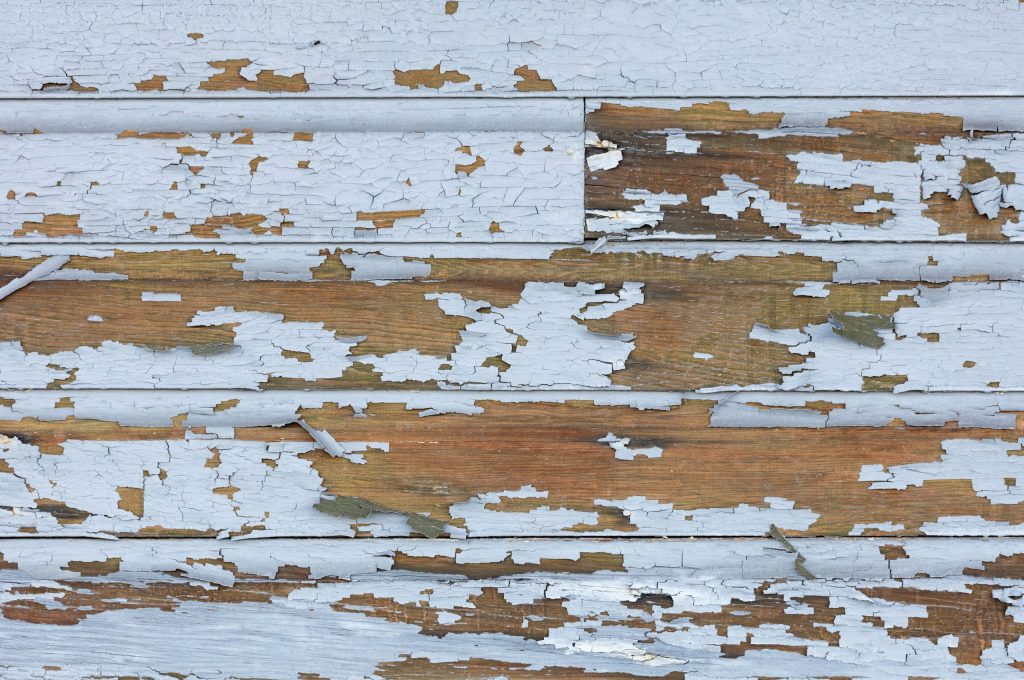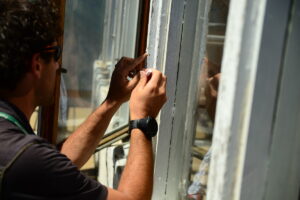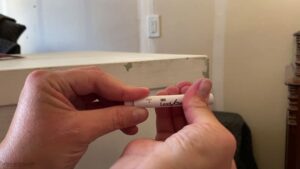In home safety, lead contamination is a silent yet potent threat that often goes unnoticed. With the potential for severe health implications, homeowners must be vigilant about identifying signs of lead in their living spaces.
In this blog, we’ll explore the tell-tale indicators of lead presence and emphasize the significance of a lead paint inspection.
Understanding the Dangers of Lead
Lead poisoning poses serious health risks, especially for young children and pregnant women. Even minimal exposure can result in developmental issues, learning disabilities, and behavioral problems.
Identifying potential sources of lead in your home is the first step toward creating a safer living environment.
Signs of Lead Contamination
Paint Deterioration
One of the most common sources of lead in homes is lead-based paint, prevalent in houses built before 1978.
As this paint ages, it deteriorates, creating lead dust and chips. Look for chipping, peeling, or cracking paint, particularly in areas exposed to friction or impact.
Sweet or Metallic Taste
In some instances, lead-contaminated dust may settle on surfaces or toys.
If you notice a sweet or metallic taste when you run your finger over surfaces, it could indicate lead dust.
Visible Dust
Lead dust is microscopic, making it challenging to detect visually. However, if you observe dust collecting frequently on surfaces, especially near windows, doors, or other friction points, it may warrant further investigation.
Soil Contamination
Exterior lead paint can deteriorate and contaminate the surrounding soil.
If your property has older structures with peeling paint, consider testing the soil for lead, particularly in areas where children play.
Water Quality
Lead can leach into drinking water from plumbing pipes or fixtures, especially in homes built before 1986.
If you notice discoloration, a metallic taste, or suspect issues with your plumbing, it’s advisable to have your water tested for lead.
Also Read: How to Prepare for a Lead Inspection?
How To Protect your Family from Lead Poisoning?
Here are some steps you can take to protect your family from lead exposure:
Identify and Remove Lead Sources
Test your home for lead. You can hire a professional lead inspector or use at-home lead testing kits for paint, soil, and water surfaces.
Maintain a Safe Environment
Regularly clean floors, windowsills, and other surfaces using a wet mop or sponge to reduce lead dust.
Wash your children’s hands and toys frequently, as they can come into contact with lead dust.
Address Renovation and Remodeling Safely
If planning renovations in an older home, take precautions to minimize lead exposure.
Use lead-safe work practices, and consider hiring professionals with experience in lead-safe renovations.
Promote Healthy Eating Habits
Provide a diet rich in calcium, iron, and vitamin C, as these nutrients can help reduce lead absorption. Encourage nutritious meals with various fruits, vegetables, and whole grains.
Use Safe Drinking Water
If you have concerns about lead in your water, use cold, filtered water for drinking, cooking, and making baby formula.
Consider testing your water for lead, especially if your home has older plumbing.
Regular Medical Checkups
Schedule regular checkups for your children, and discuss any concerns about lead exposure with your healthcare provider. A blood lead test can help identify elevated lead levels in the blood.
Promote Safe Gardening
If you have a garden, be cautious about using soil near older homes or busy roadways, as it may contain lead. Consider using raised beds with clean soil for gardening.
Stay Informed
Stay updated on information and guidelines related to lead poisoning prevention. Be aware of recalls for toys, jewelry, or other lead products.
Also Read: Manhattan Lead: Understanding The Process & Benefits of Lead Inspection
Role of Lead Paint Inspection
A professional lead paint inspection is a prudent investment, given the potential health risks associated with lead exposure.
Certified inspectors employ specialized techniques to identify lead hazards accurately. This process includes:
Surface Testing
Inspectors use X-ray fluorescence (XRF) analyzers to detect lead in painted surfaces without causing damage.
Dust Sampling
Collecting dust samples from various areas helps assess lead levels and identify potential risks.
Soil Testing
For homes with outdoor lead-based paint, soil testing can determine if lead has contaminated the surrounding environment.
Conclusion
In pursuing a safe and healthy home, recognizing the signs of lead contamination is paramount.
By staying alert to potential sources and opting for a professional lead paint inspection, homeowners can proactively reduce the risks linked to lead exposure.
Safeguard the well-being of your loved ones by staying informed and addressing the silent threat of lead in your home.
Secure your family’s well-being today! Schedule a professional lead paint inspection now and enjoy peace of mind. Your safety is our priority – book our services! Contact Manhattan Lead today!




